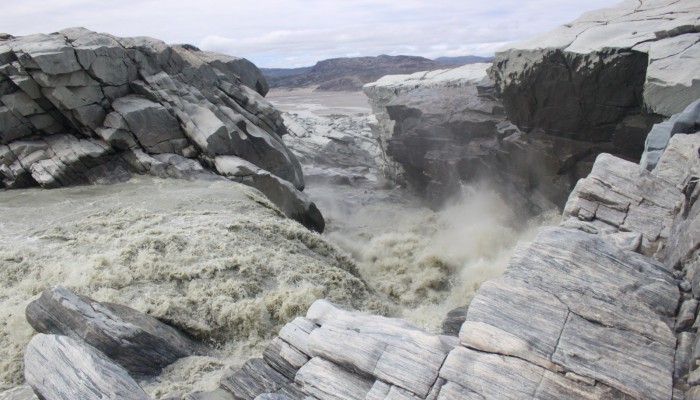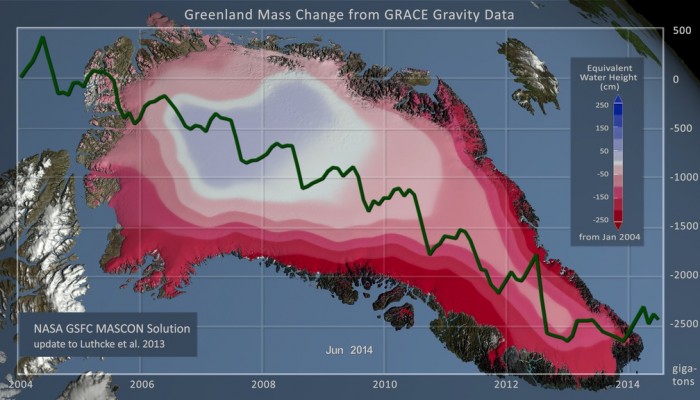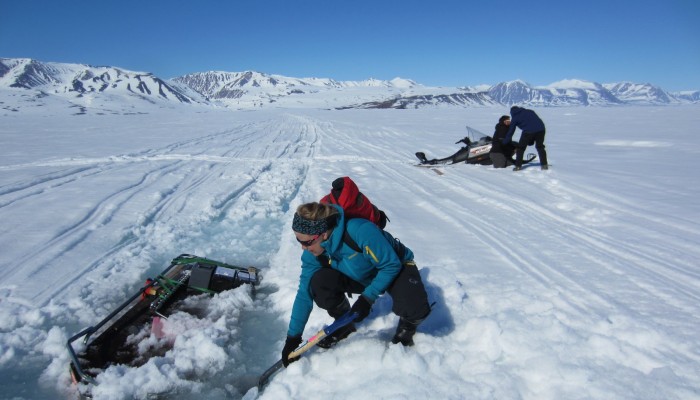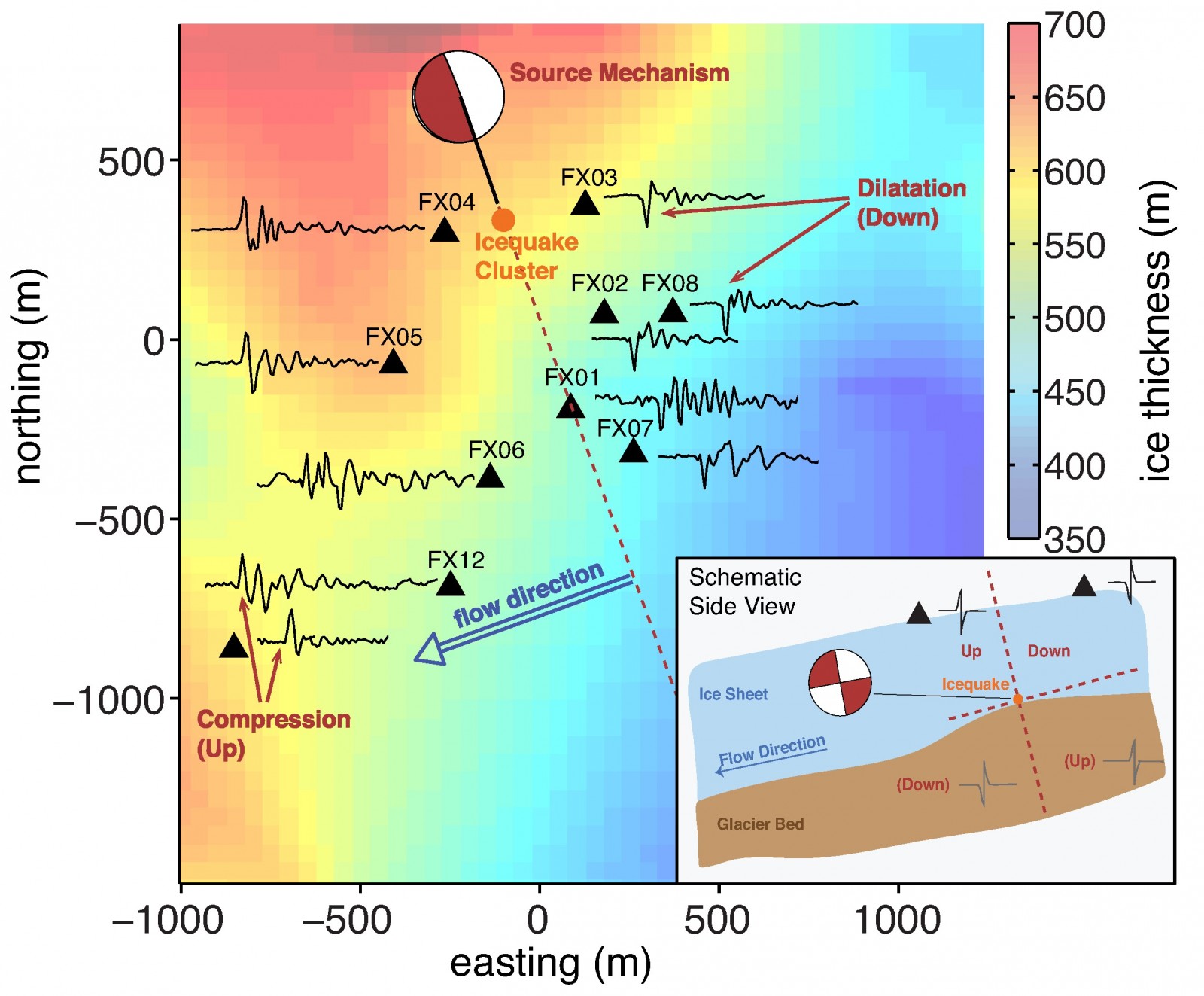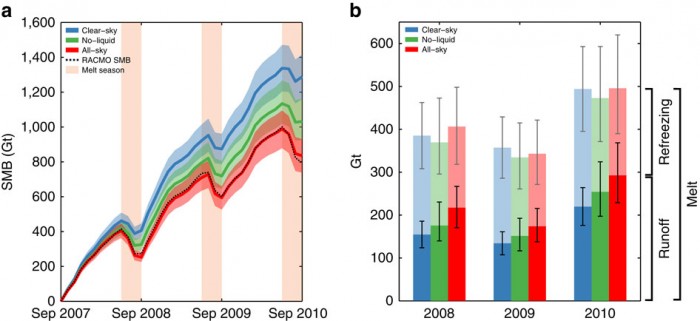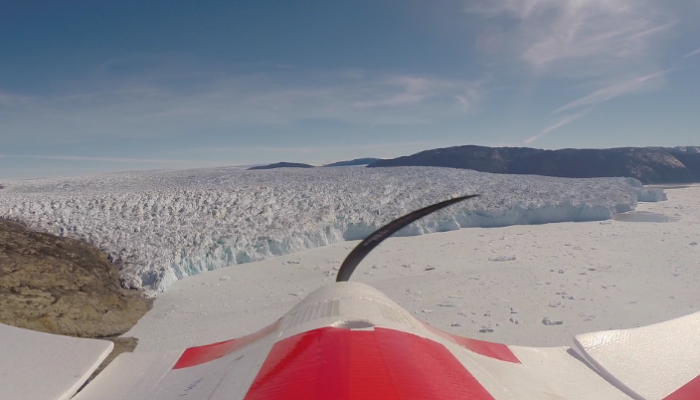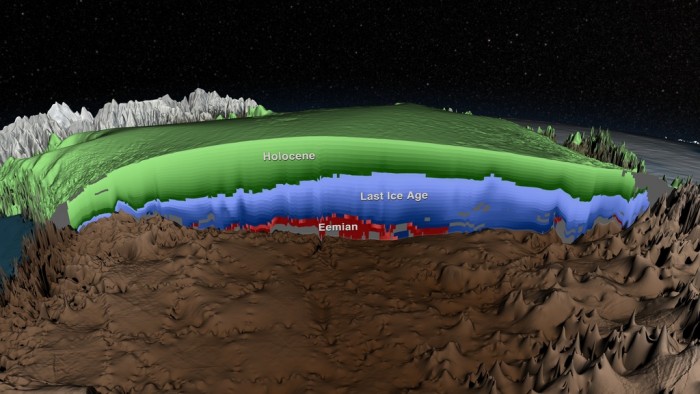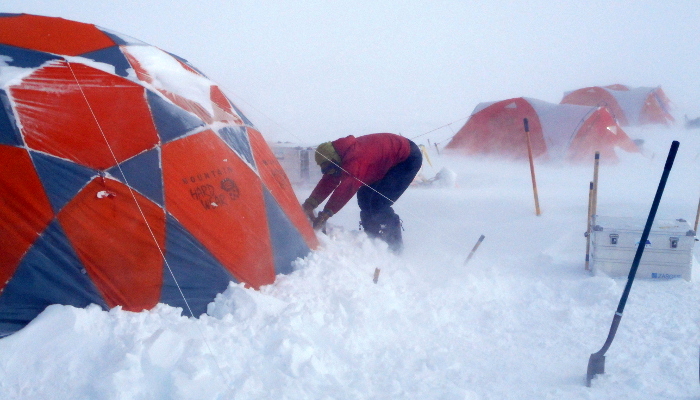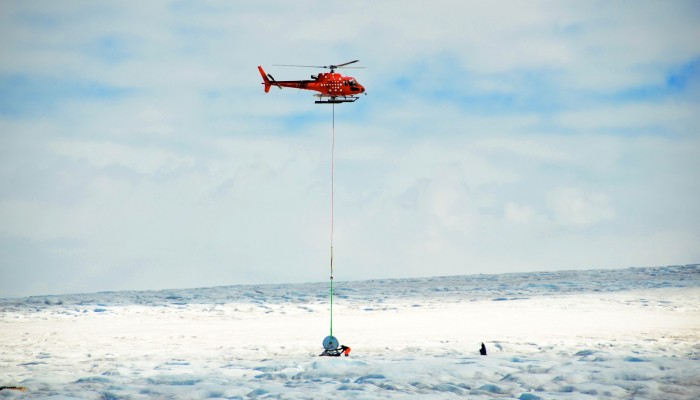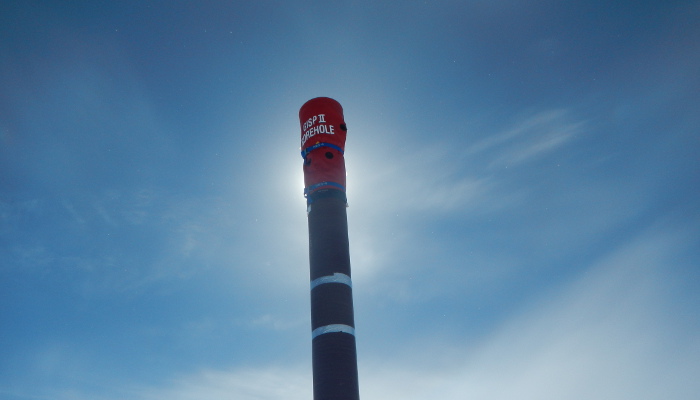Today’s Image of the Week shows meltwaters originating from Leverett Glacier pouring over a waterfall in southwest Greenland. We have previously reported on how meItwater is of interest to Glaciologist (e.g. here) but today we are going to delve into how and why Biologists also study these meltwaters and how the cryosphere interacts with biogeochemical cycles in our oceans. Where? Leverett G ...[Read More]
Image of The Week – When Glaciers Fertilize Oceans
